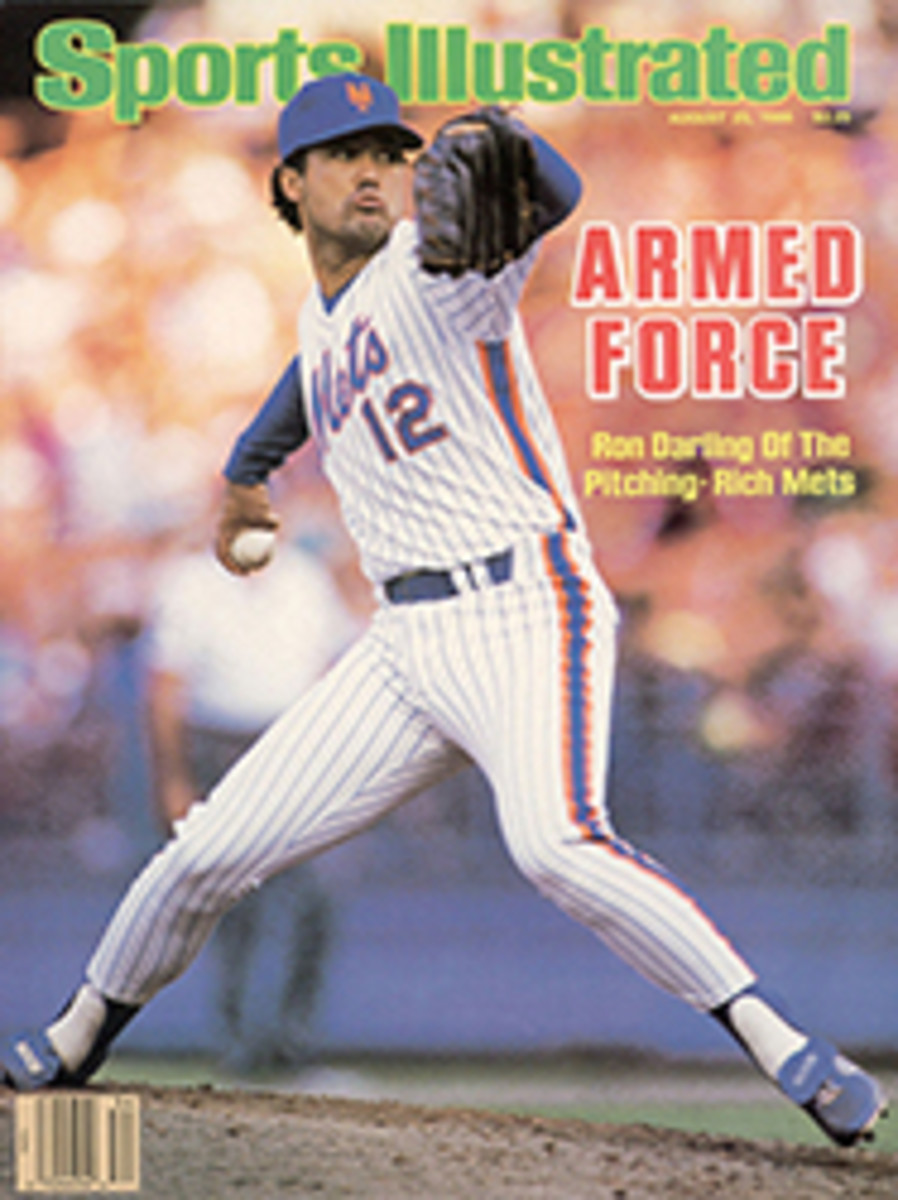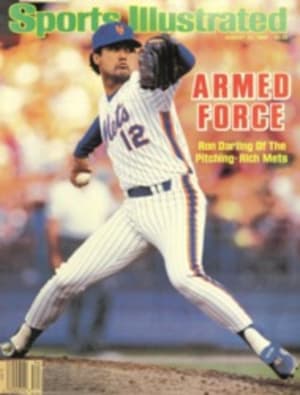
A FOND FAREWELL TO A BASEBALL MAN WHO WASN'T AFRAID TO TAKE CHANCES
To those who had merely scratched the surface of the Paul Richards legend, he had two main claims to fame: He devised the oversized catcher's mitt used to handle knuckleballers, and he managed the Baby Bird Orioles, the rookie-laden Baltimore team that unexpectedly challenged the dynastic Yankees for the pennant in 1960. But there was much, much more to Richards, who died in early May at the age of 77. The tall, skinny Texan was a man years ahead of his time, one who was never shy about flouting baseball convention, a fierce competitor, a magician at reviving careers, a teacher. "Paul's great love in life," says Jack Dunn, a close friend who also worked with Richards in Baltimore, "was working with young players. He was just unique." He was also:
•An ambidextrous high school pitcher who won a doubleheader by throwing righty the first game and lefty the second. Once, while pitching in an emergency for Muskogee in the minors, he switched glove hands each time a switch hitter changed batter's boxes. Finally, Richards took off his glove, held the ball over his head in both hands and called out to the hitter, "O.K., wise guy, what are you gonna do now?"
•A minor league infielder whose career was saved by a lie. While playing in Macon, Ga., his team needed a backup catcher. Richards told his manager he could do it even though he had never caught before. Catching became his ticket to the majors. He had only a .227 lifetime average for the Dodgers, Giants, A's and Tigers. But he became an excellent defensive catcher, and he rescued the careers of knuckleballer Dutch Leonard and wild man lefty Hal Newhouser.
•A minor league manager for the Buffalo Bisons who four times ordered a walk to the opposing pitcher with two out and no one on rather than have Sam Jethroe, an outstanding leadoff man and base stealer, lead off the following inning.
•A major league manager who, while with the White Sox (1951-54), twice brought in a relief pitcher and moved his starting pitcher to an infield position instead of the showers. Then, after the reliever had retired his designated batter, Richards returned his starter to the mound.
The under-40 crowd thinks the Go-Go Sox were Al Lopez's 1959 pennant-winning crew led by Nellie Fox and Luis Aparicio. But the original gang was Richards's. Chicago had finished in the second division seven straight seasons and had little power when Richards took over in '51. He decided his team had to manufacture runs to win. In a bombs-away era that regarded the stolen base with disdain, the White Sox led the AL in steals for four straight years and finished in the first division each season.
•The first manager-general manager since John McGraw. That was in Baltimore, Richards's next stop after Chicago. Two months after he joined the Orioles, he coauthored a 17-man deal with the Yankees that remains the biggest trade in baseball history. But get this: In the middle of the 1961 season, he and A's owner Arnold Johnson spent a couple of hours discussing the possibility of trading the '61 Orioles for the '61 A's. Honest.
Though he was later a G.M. in Houston and Atlanta, it was in Baltimore (1955-61) that Richards did his best work. He laid the foundation for the franchise that has been the most successful in baseball for the last 25 years. He saw Brooks Robinson work out at second base right after Robinson had signed with the O's, and promptly announced, "That kid might turn into one of the greatest third basemen in the history of the game."
It was in Baltimore, also, that Richards decided the standard season wasn't long enough for his ambitious plans, so he invented the Instructional League in 1959. He wanted a postseason format—so players would not have to waste time getting in shape—that would offer concentrated instruction to minor leaguers and serve as a laboratory for position-switching experiments. The idea was an immediate hit with the other G.M.'s, and the Instructional League began after the '59 season.
Richards spent his last five years as a troubleshooter for the Rangers, who are now challenging in the AL West, much to everyone's surprise. They started the '86 season with three rookie pitchers in the starting rotation and two rookies in the bullpen. Sound familiar?
"I think I matured as a baseball person quicker because of Paul," says Ranger G.M. Tom Grieve. "I always pumped him, every chance I could. How could you not listen to someone who had 60 years in baseball? One thing he always said: 'Don't be afraid to go with your young players if you believe in them. Don't be afraid to make a mistake.' " Richards never was.
PHOTO
COURTESY OF THE BALTIMORE ORIOLES
Ever the teacher, Richards instructed Gus Triandos (left) and Connie Johnson (right).

